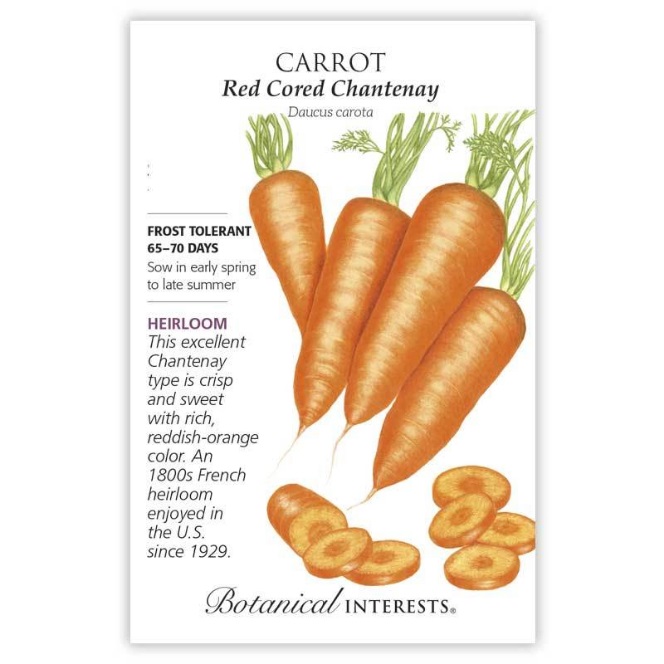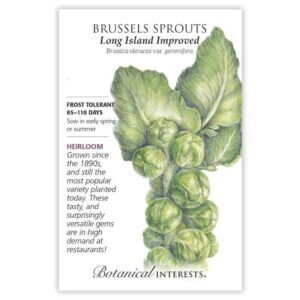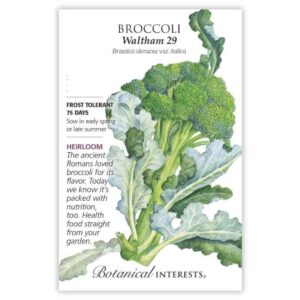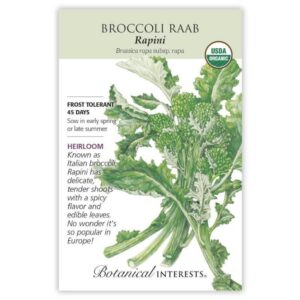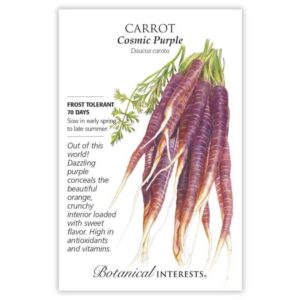Description
'Red Cored Chantenay' carrots are a robust and reliable variety, known for their thick, 5″-7″ blunt roots that thrive in heavy or shallow soils. This variety is perfect for gardeners seeking high yields and a carrot that resists splitting and forking. The deep orange roots feature a vibrant red-orange core and are ideal for juicing, canning, freezing, and adding to soups and stews. 'Red Cored Chantenay' is also a fantastic storage carrot, becoming sweeter as it is stored, making it a versatile addition to your garden and kitchen.
This packet sows up to 40 feet. 510 seeds.
Variety Info:
Botanical Name: Daucus carota
Days to Maturity: 65–70 days
Family: Apiaceae
Native: Africa, Eurasia
Hardiness: Frost-tolerant biennial grown as an annual
Plant Dimensions: Roots are 5″–7″ long at their peak.
Variety Information: Broad-shouldered roots with thick, tapered, blunt ends. Deep orange with a red-orange core. 'Red Cored Chantenay' is a Chantenay type carrot.
Attributes: Good for Heavy Soil
Sowing Info:
When to Sow Outside: RECOMMENDED. 2 to 4 weeks before your average last frost date, and when soil temperature is at least 45°F, ideally 60°–85°F. Successive Sowings: Every 3 weeks until 10 to 12 weeks before your average first fall frost date. In very warm climates, carrots are grown primarily in fall, winter, and spring.
When to Start Inside: Not recommended; root disturbance stunts growth.
Days to Emerge: 10–25 days
Seed Depth: ¼”
Seed Spacing: 1″
Row Spacing: 6″
Thinning: When 1″ tall, thin to 1 every 3″
Growing Info:
Harvesting: For best flavor and texture, harvest carrots any time before, and until they reach their optimal size. Peak harvest period lasts about 3 weeks, longer in the fall. Late summer-sown carrots are sweetened after having been kissed by light frost; however, harvest before soil freezes, which may destroy the crop. In USDA zone 5 or warmer, carrots can be left in the ground for storage provided they are heavily mulched; harvest as needed on days the ground is not frozen.
